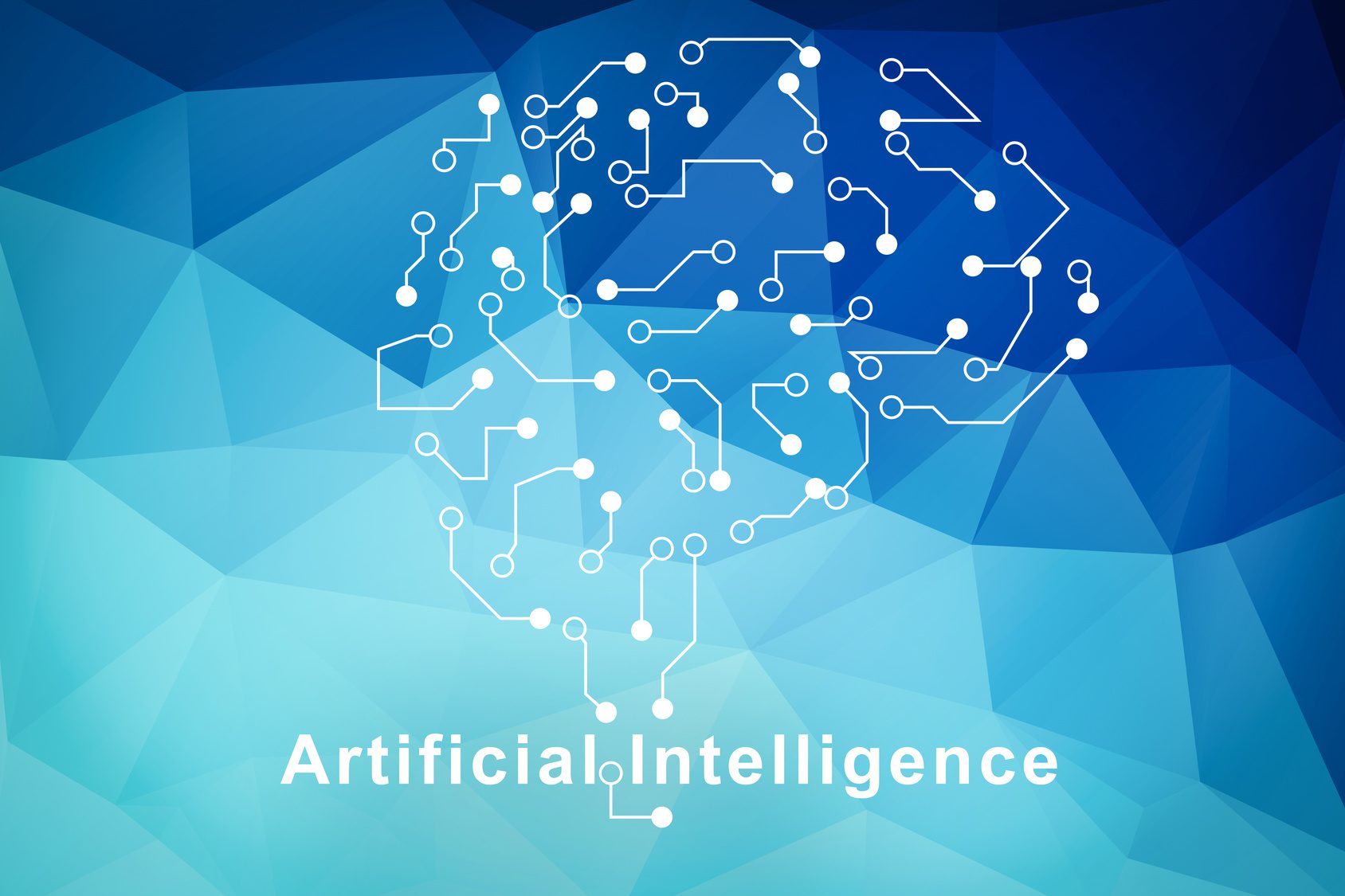Something interesting about watching the maturation of payment system in developing economies is that so many things we take for granted become “Oh, Wow” moments. India is a perfect example. Here we have the second largest market in the world with more than a billion people, building credit card infrastructure. Here is a view from Livemint, a local media source.
- India has witnessed a strong growth in credit card adoption – 39 million cards were in circulations at the end of June 2018, up 25% year-on-year.
- While consumers continue to see credit cards as a convenient way to extend their purchasing capacity, with the ongoing payments’ disruption, the plastic credit cards as we know today, may not be part of the payments’ future.
- Take the case of UPI 2.0, which allows merchants to leverage overdraft facility as well as block funds in the customer’s savings account for future usage, in many ways functioning like a credit card.
Ah. It is all in the data.
- So how do credit card issuing banks navigate this scenario of consolidating rapid growth today while preparing for the future? The answer lies in adopting a more customer centric
- If issuers are able to better predict consumer behaviour, they have a stronger chance of offering highly personalized solutions.
- Adoption of artificial intelligence and more specifically machine learning offers this opportunity. Several leading Indian banks are already experimenting with AI for improving customer service and optimizing backend processes.
If you come from a country with a well-established payments business, you probably do not feel Bank of America’s credit card “special offers” is anything out of the ordinary when they push out coupon from Starbucks. Inside the industry, you’d know that was probably Cardlytics; Outside the industry, you’d feel the offer just made sense.
Similarly, with your FICO score, you would expect your score to drop after generating a hard inquiry from a credit application, but it will quickly rebound after the account books. That is machine learning but we’ve normalized it.
Machine learning will certainly get smarter, for both developing and mature markets, but for now, it is always fun to see an “Oh, Wow” moment.
For a view of the Indian market, please see Brazil, Russia, India, and China: Payment Developments in the BRIC countries.
Overview by Brian Riley, Director, Credit Advisory Service at Mercator Advisory Group










